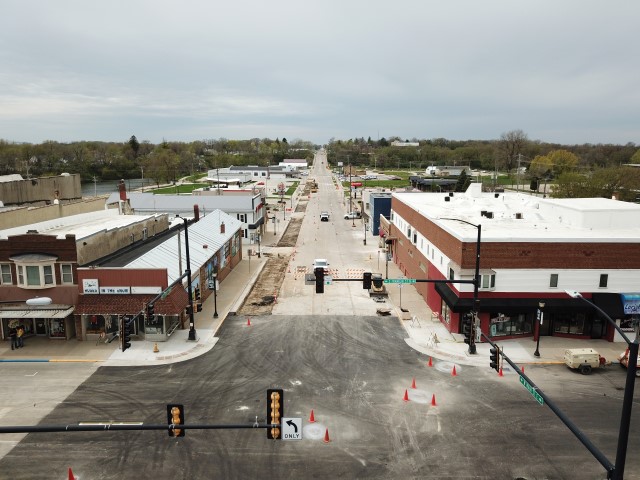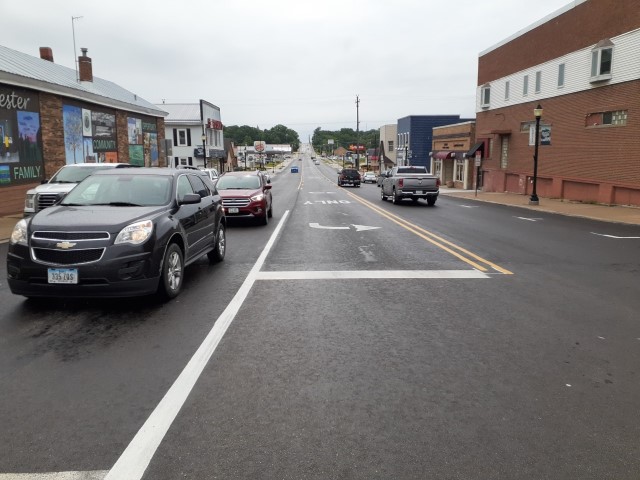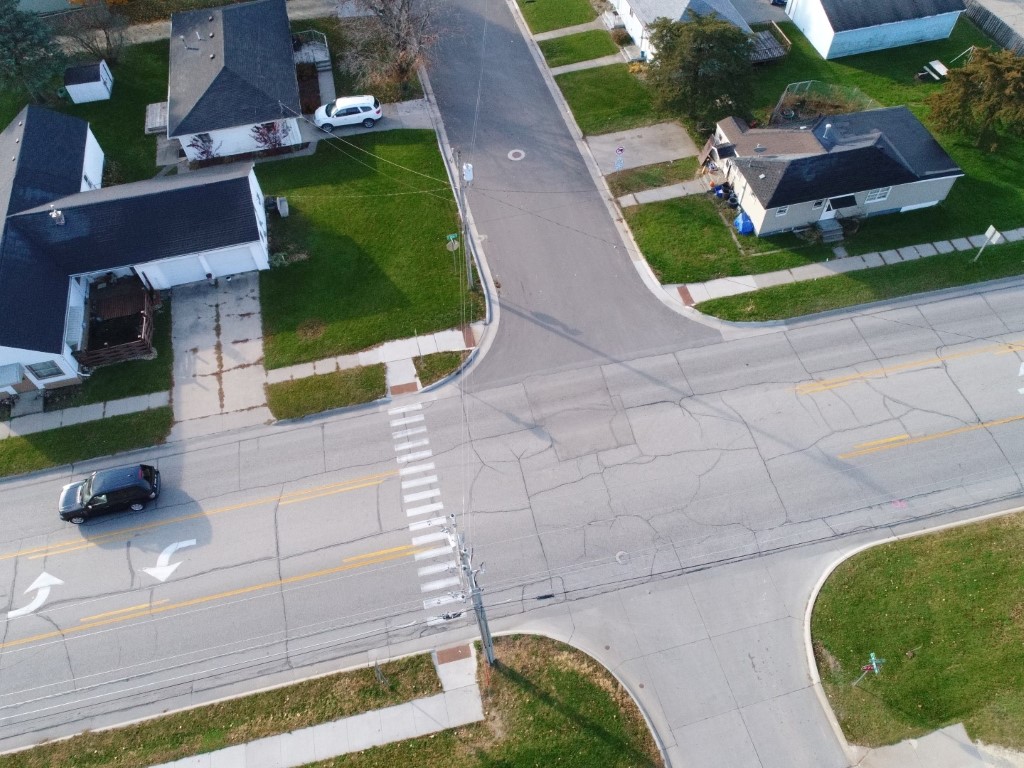Funding management keeps infrastructure project on track
Because money can be one of the major challenges when it comes to completing infrastructure projects, having multiple funding sources on a project is like a dream come true. Having various resources to pay for work reduces the burden on taxpayers and the need for what can sometimes turn into lengthy fundraising efforts.
That was the case when it was time to resurface Iowa Highway 13 on the National Highway System, which funnels through the City of Manchester, Iowa. The project started in 2015 when the City and the Iowa Department of Transportation (DOT) started planning. Construction began in 2020.
One of the biggest challenges during this project wasn't necessarily the field work or designing or engineering the 3-mile, eight-stage project that would go through the heart of town. It was managing the five funding sources allocated to different parts of the project and staying on top of using that money properly based on the type of construction while maximizing potential dollars.The five funding sources used for this project were:
1. Local city funds. Money was pulled directly from the City street and utility budget. This money was used for water main and street work on a local street outside the right of way of Iowa DOT highway IA13.
2. Swap funds. These were federal funds that were used as state funds, in this case Primary Road Funds. This money was used for water main, storm sewer and various street repair work done within IA13 right of way.
3. Iowa DOT 3R funds. These funds were state funds used for resurfacing, restoration or rehabilitation projects on urban and rural roads. These funds were primarily used for mill and overlay operations for asphalt pavement.
4 .U-STEP funds. Urban-State Traffic Engineering Program funding improves traffic operation and safety on primary roads. These funds were used for an area where the roadway was widened to accommodate a two-way left turn lane.
5. Traffic Safety Improvement Program funds. This money can be put toward bettering traffic and pedestrian safety. These funds were used to add rapid flash beacons at a crosswalk, reconstruct one traffic signal and update three other traffic signals to improve traffic flow and pedestrian safety.
During engineering design, it was imperative funds were being used for the respective work for which it was secured. Some project areas overlapped with multiple funding sources, and bid items had to be broken up. For example, the aggregate used on the project for a base material under the pavement would typically be calculated for an entire project. In this case, the bid item was calculated separately for each fund source, depending on where it would be used. The design team allocated funds to each bid item and was keenly aware of the maximum dollar amount that could be pulled from each funding source, so they didn't go over the allocated money.
During construction, inspectors were conscious of where project work was completed and made sure quantities were tracked under the proper funding source. This was more of a challenge when two or three crews were working on different phases of the project and it was necessary to notate which fund source the work would fall. Contract change orders during construction were assigned to a certain funding source and were placed under specific sources for which the item was viable depending on project location and what the contractor was working on at the time.
Dividing the project into phases helped with tracking work and materials and applying funding sources. The other big piece of making the project work was strong communication with the construction team. Although it was a unique situation, making everyone aware of the funding sources and locations eased some of the burdens that came with managing the project.
Engineer Sam Ertl works in our Manchester, Iowa, office and enjoys civil engineering and environmental projects. He helps design and manage construction on street, water and sewer system, and trail projects. Contact him at
Collaborative, Insightful, Results-Driven Solutions
Fehr Graham provides innovative engineering and environmental solutions to help improve the lives and communities of our customers.




